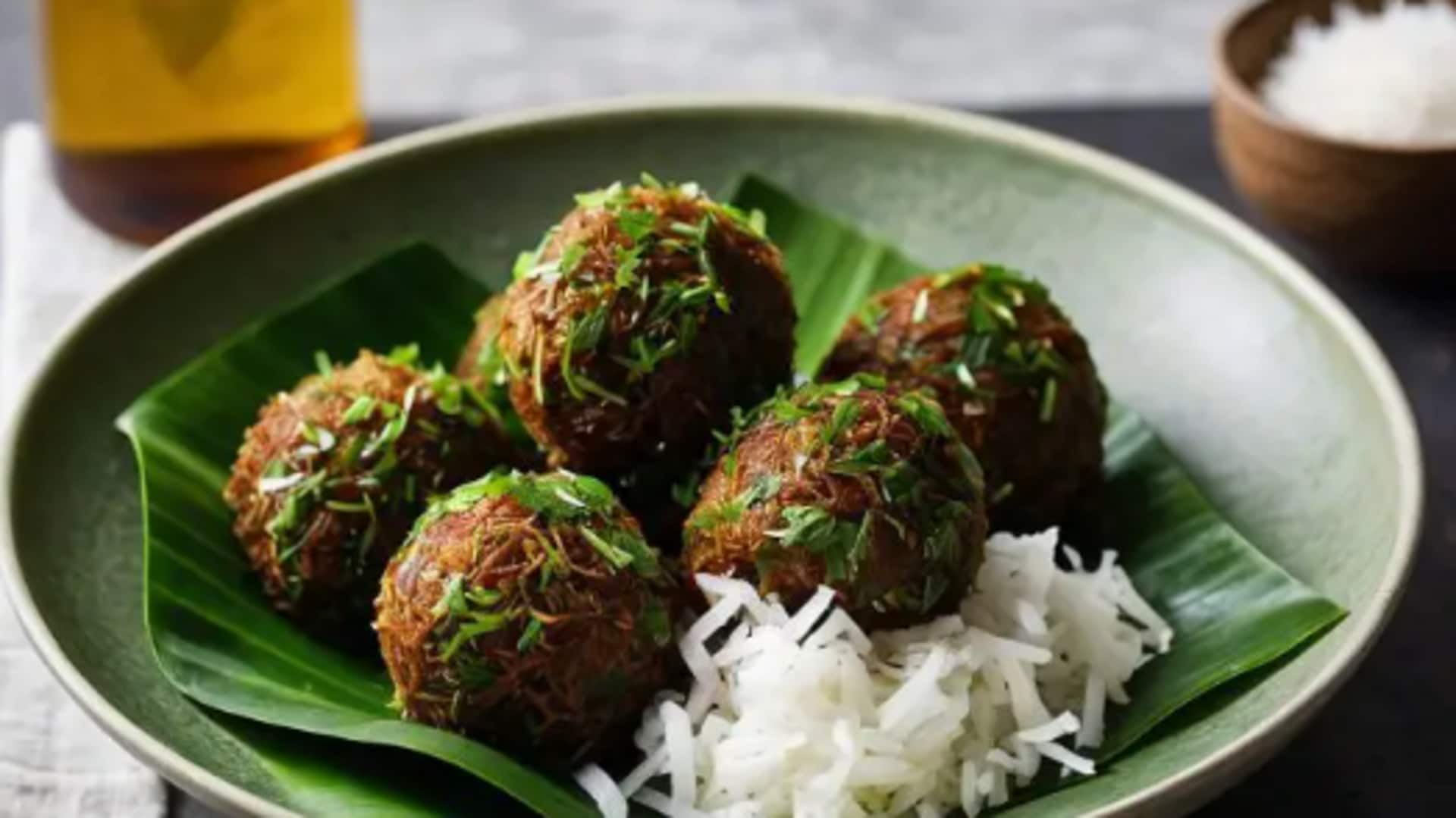
Top 5 traditional taro leaf recipes
What's the story
Taro leaves are a staple in numerous traditional cuisines across the globe, prized for their unique flavor and nutrition. These heart-shaped leaves find their way into various dishes, each showcasing their region's cultural heritage. From savory stews to flavor-packed wraps, taro leaves provide a versatile ingredient that can be prepared in myriad ways. Here are 5 traditional recipes from around the world that showcase taro leaves' culinary prowess.
Filipino dish
Laing: A Filipino favorite
Laing is a famous Filipino delicacy that consists of dried taro leaves cooked in coconut milk and spices. The dish is usually seasoned with ginger, garlic, and chili peppers, resulting in a rich, creamy texture with a touch of heat. Usually paired with rice, laing is a perfect example of how humble ingredients can be made into a wholesome dish that is both filling and healthy.
Indian snack
Patra: A Gujarati delight
Another popular snack from Gujarat, patra involves coating taro leaves with spiced gram flour paste before rolling them up and steaming them. Once cooked, rolls are sliced into bite-sized pieces and garnished with sesame seeds or grated coconut. Patra's sweet (from jaggery) and tangy tamarind flavor is an interesting combination, and a great example of how one can use taro leaves creatively.
Caribbean soup
Callaloo: Caribbean classic
Callaloo is a traditional Caribbean soup that uses young taro leaves as the main ingredient. Typically mixed with okra and other vegetables (like pumpkin or squash), this dish is flavored with thyme and onions to enhance its taste. Callaloo acts as comfort food during the cooler months since it's hearty but is also savored throughout the year on different islands in the region.
Polynesian dish
Lu pulu: Polynesian tradition
Lu pulu comes from Polynesia, where it takes center stage at feasts or celebrations called umu. In the dish, fresh taro leaves are wrapped around fillings (like coconut cream mixed together with root vegetables) and baked until tender. This perfection is something locals have mastered over generations with slow cooking methods, ensuring every bite delivers an authentic taste experience of those special moments with your family and friends alike.
Fijian cuisine
Rourou: Fijian specialty
Rourou is quintessential Fijian cuisine, exemplifying the versatility of the humble, yet mighty plant simply known as taro. The preparation includes boiling finely chopped greens with onions and garlic until softened, fully infused with delicate flavors along the way. Resulting ultimately in a deliciously satisfying side dish, usually served alongside main courses consumed daily in the island nation itself.